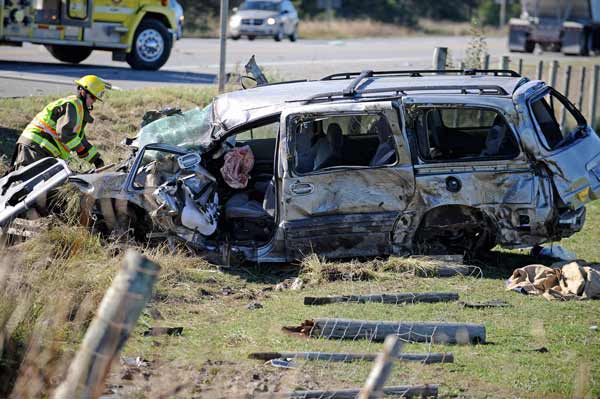The rationale for a residential development in Victoria Glen park slipped out at the very end of Tuesday night’s public meeting: Woolwich is counting on the money to help finance its recent construction binge.
Mayor Bill Strauss, seemingly stung by the steady stream of objections from the large group of more than 150 who crammed council chambers, blurted out that foregoing the plan would mean looking elsewhere for cash.
Parcels of land amounting to almost three acres were seen as the largest moneymaker following a staff review of township land holdings. Residents, however, were told the proposal was simply part of a general review of municipally owned properties, and that no decisions had been made about the future of the site.

While the matter hasn’t come to a vote, it now seems the development of the land – potentially netting up to $2 million – has been counted on as Woolwich scrambles to pay for the large number of building projects undertaken all at once. More than $32 million has been tossed into the pot for, among others, the Woolwich Memorial Centre, community centres in Maryhill and Breslau, a fire hall in Floradale and, perhaps most contentiously, a new administration building.
Woolwich has already dug into its reserves and tapped out its debt stake in Waterloo North Hydro – a decision that will also forego income of more than $400,000 a year – to help finance the projects. That the Victoria Glen lands were needed for that purpose was never explained in advance.
That the goal was not revealed at the outset of this week’s public meeting was a simple oversight, said chief administrative officer David Brenneman.
“It’s not something that we were intending to be a surprise. That should have been more prominent in the PowerPoint presentation” that started the meeting, he explained, adding residents shouldn’t see the development as a done deal.
“Nothing with respect to this has been a fait accompli.”
Still, the entire exercise was carried out with the goal of financing the capital spending. Things got started more than two years ago, although Victoria Glen and the possibility of development were never discussed by name. Instead, councillors spoke about selling off the old township hall on Arthur Street and the former fire hall in Floradale.
“We are counting on revenues from these and other potential surplus lands and buildings,” Brenneman said of the Victoria Glen parcels.
The staff report on the land in question presented to council, not circulated to the public, contains only one rather vague sentence about the financial implications: “If any of the subject lands are declared as surplus, funds generated from disposal will be directed to paying for capital infrastructure projects across the Township of Woolwich.”
There’s no mention that projects already completed or now underway were financed based on the sale and development of Victoria Glen parcels.
While the cash is foremost on the township’s agenda, many of those who addressed councillors Tuesday night stressed that money should be trumped by the need to preserve green space, leaving the forested area for future generations rather than destroying it forever.
“We are the keepers of this land, and we’re doing a poor job of it,” said Ken Reger, who has lived within sight of this area for his entire 76 years.
“If you take part of this land, you ruin the rest,” he added, dismissing township assertions only 20 per cent of the naturalized area would be used for roads and homes.
In putting this proposal forward, said resident Jeff Seddon, the township has put itself in the role of developer.
Council would not entertain such a proposal from a private developer, but with its stance, the township has in fact become the developer looking to exploit that property, he said, adding that means residents must take up the overseeing position to say no.
“As someone else said, ‘surplus green space’ is an oxymoron.”
Recounting the history of the parkland, Riverside Drive resident Cheryl Fisher likened the decision to zone the land for residential use with a 1948 bid to make Elmira a weedless town via the widespread spraying of weed killer 2,4-D – a chemical banned in many countries, and finally prohibited in Canada just this year.
While there were many impassioned pleas to save the forested land, most of the presentations provided councillors with information and reasoned arguments, not just emotions, a fact noted by Coun. Ruby Weber, who chaired the meeting.
Local environmentalist Susan Bryant, for instance, provided a detailed presentation showing how the forest acts as an important buffer for water entering the Canagagigue Creek. Development there would lead to more flooding, soil erosion and silting of the water, she said.
Having hosted the public meeting and received many written submissions and petitions, township will now sift through all the options before recommending a course of action to councillors, likely in the fall.
As Strauss noted just as the meeting closed, that will include looking at alternative sources of funds should the recommendation be that the park be retained in its current state.
That will mean doing some more juggling, said Brenneman.
“If we’re not going to proceed with this, we need to know what the financial implications are.”









